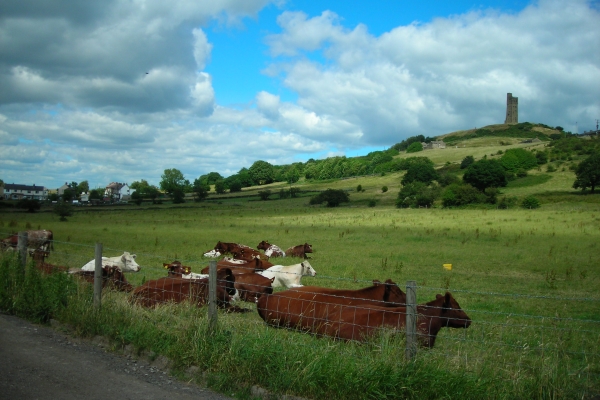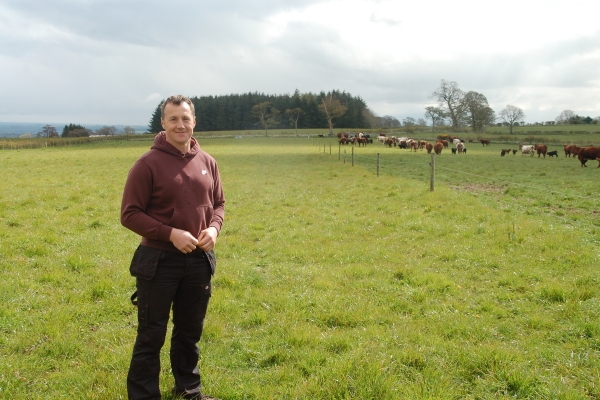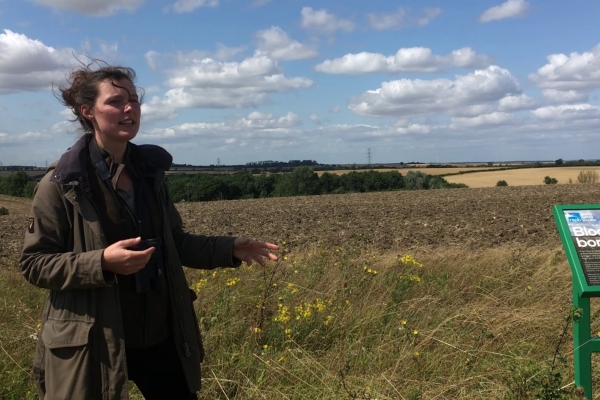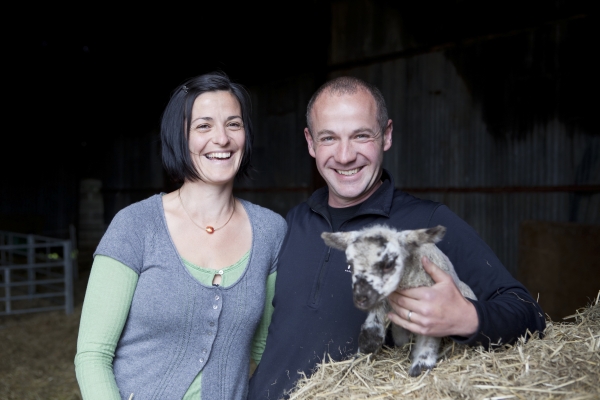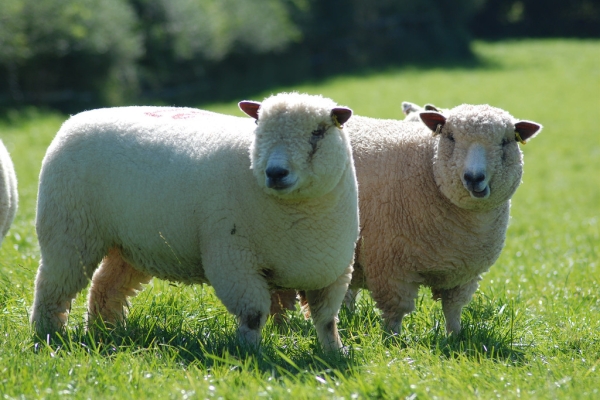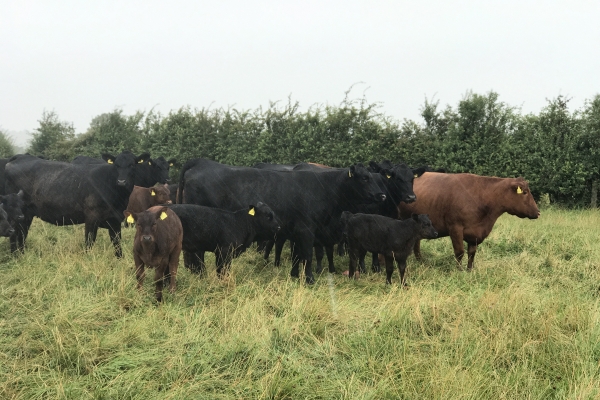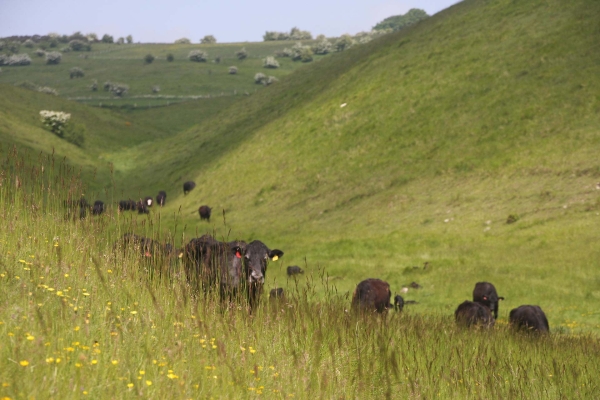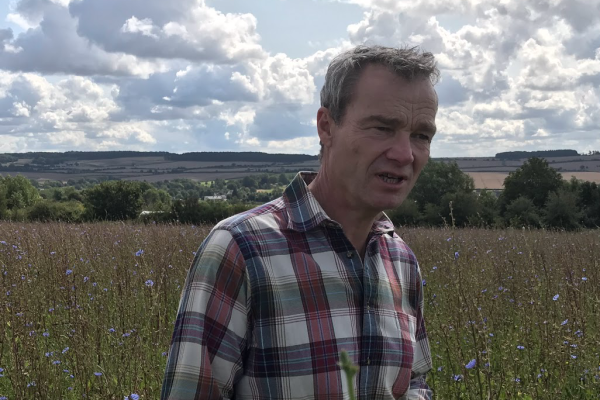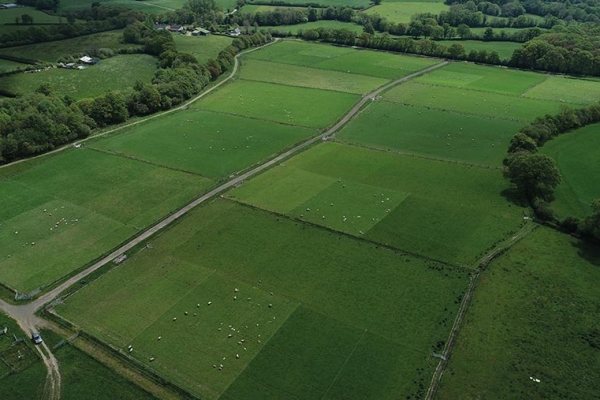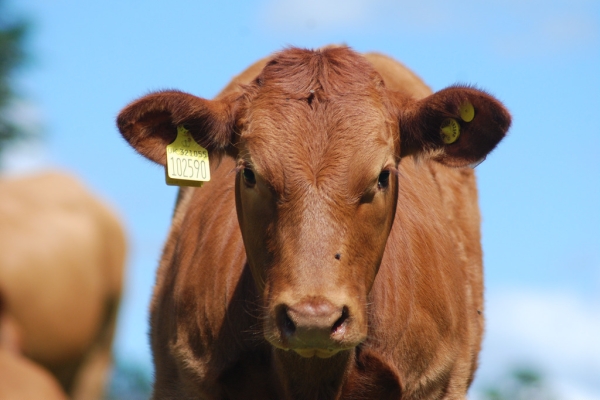Assessing the environmental impacts of alternative grazing management
Cell grazing versus set stocking
Resource explained
Research insights from Rothamsted Research based on a grazing experiment established in 2018 that compares set-stocking with cell grazing (TechnoGrazing®) in a dairy x beef production system. Impacts of managed rotational grazing approaches on environmental factors, and other metrics of sustainability have been assessed. The TechnoGrazing system is a form of managed rotational grazing that strategically utilises a lane-based system based on GPS located posts to enable accurate pasture allocation and efficient livestock management. Whilst practitioners of rotational grazing claim multiple economic and environmental benefits including increased land productivity, increased soil organic carbon and reduced inputs, the evidence provided has often been anecdotal or unreliable. This research set out to provide peer reviewed evidence. The experiment had an initial 3 years of funding from the ERDF Agritech Cornwall & the Isles of Scilly programme. This report describes how the experimental plots were set up, what has been monitored, some key findings, and next steps.
Information has also been taken from ‘Interim Technical Report: Evaluating Cell Grazing Versus Set Stocking – Impacts on Farm Productivity and Environmental Sustainability’ where you can find out more.
Findings & recommendations
- Data from the first 4 grazing seasons indicated higher overall productivity associated with the cell-grazed method than the set-stocked method, and improvements in soil carbon and forage quality. Pasture production was 38% higher and pasture growth rate 27% greater with cell grazing.
- Although individual liveweight gain was lower in the cell-grazed system, overall productivity was higher due to being able to support higher stocking rates per hectare.
- Cell grazing increases the proportion of sown species, meaning productivity of a pasture can be sustained for longer and requirements for re-seeding are reduced.
- The research highlighted the importance of managing the transition period of pasture and animals to the new system – considering suitable animal genetics, sward composition and management tactics prior to implementation.
- Applying the method holistically could allow farmers to optimise production on the most suitable areas of the farm with positive impacts whilst employing complementary management options on other areas to provide an optimal balance of food production and environmental benefit.
This project was incorporated into Rothamsted’s Growing Health Institute Strategic Programme in April 2023 which runs until March 2028, when they will have 10 years of data on these contrasting grazing management systems.
Click ‘Download Resource’ to read the Research Insights and find out more.




